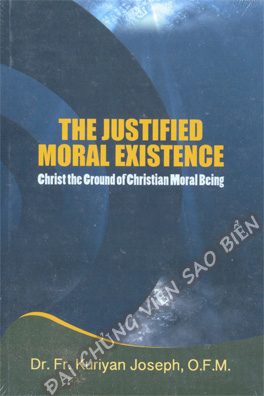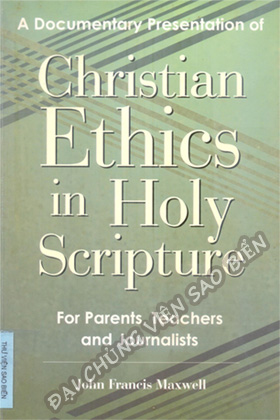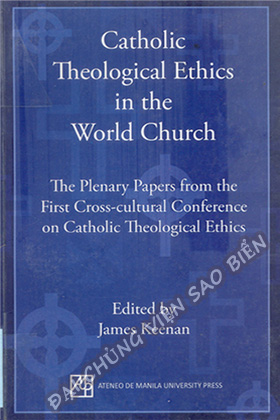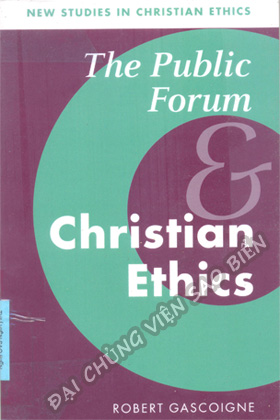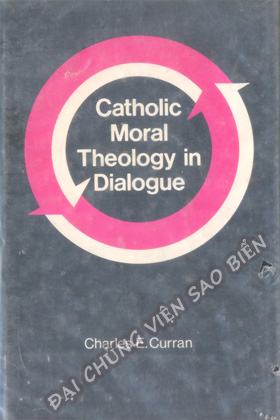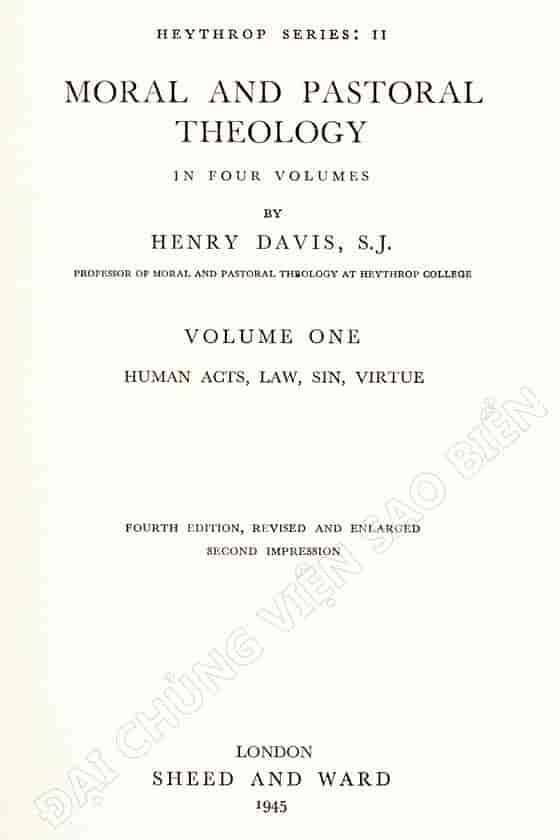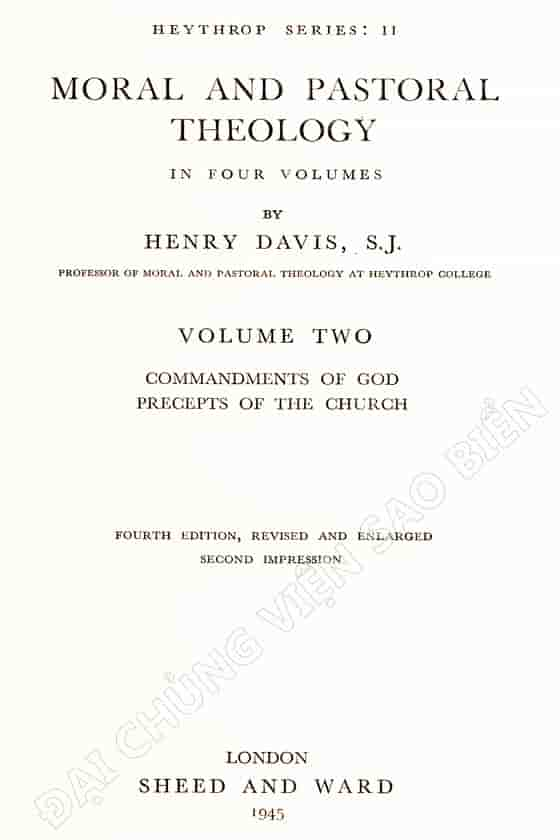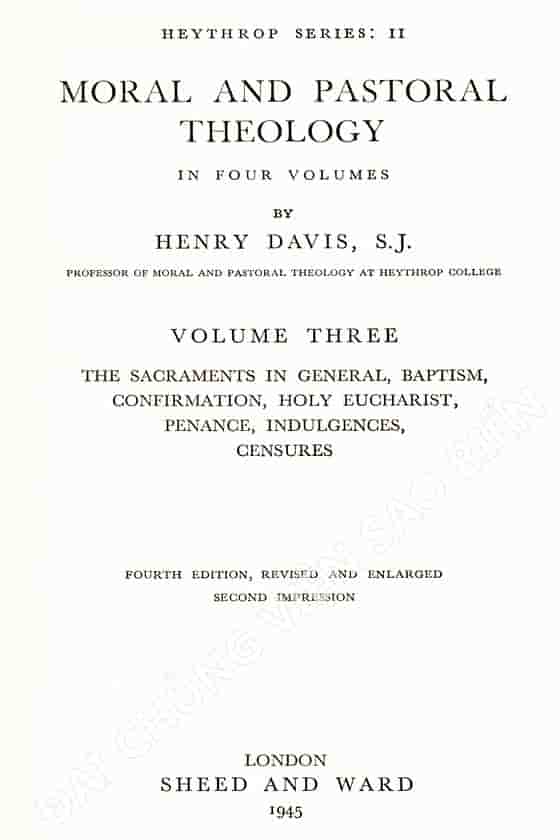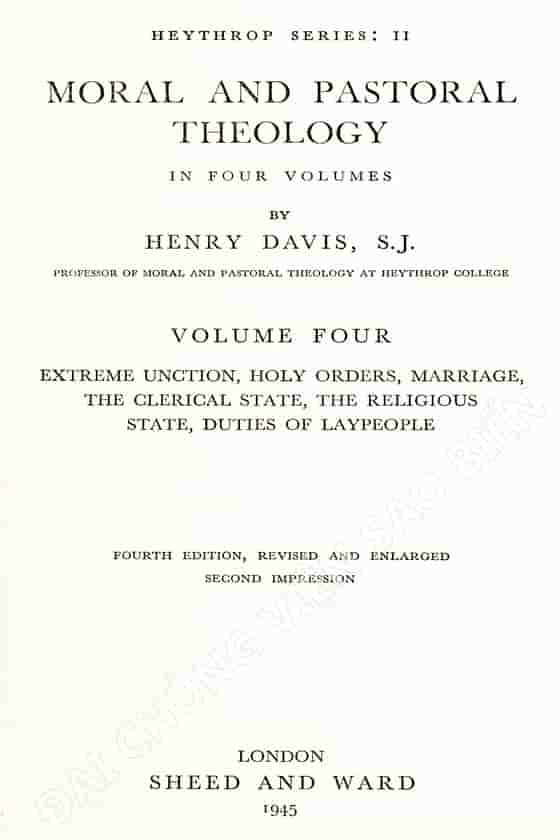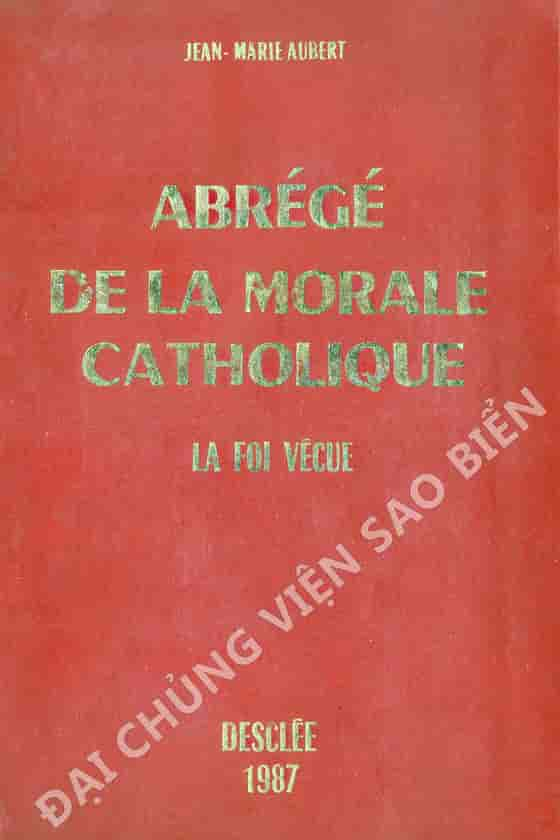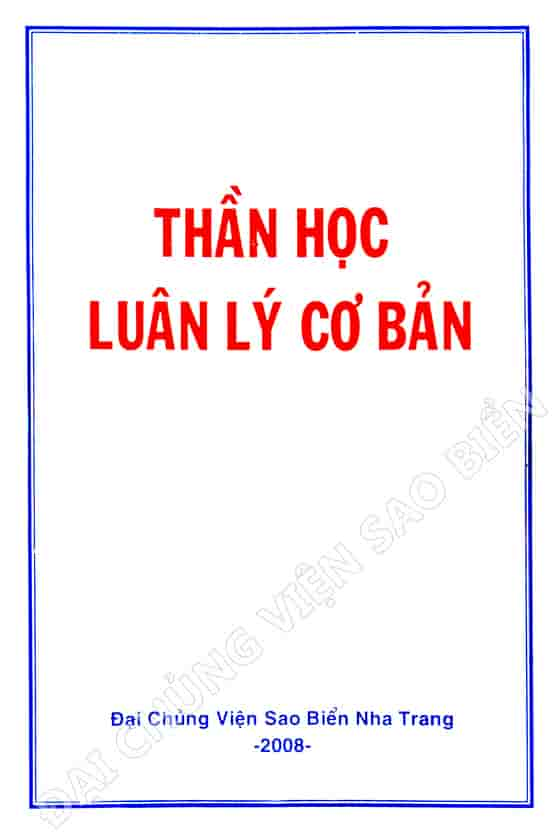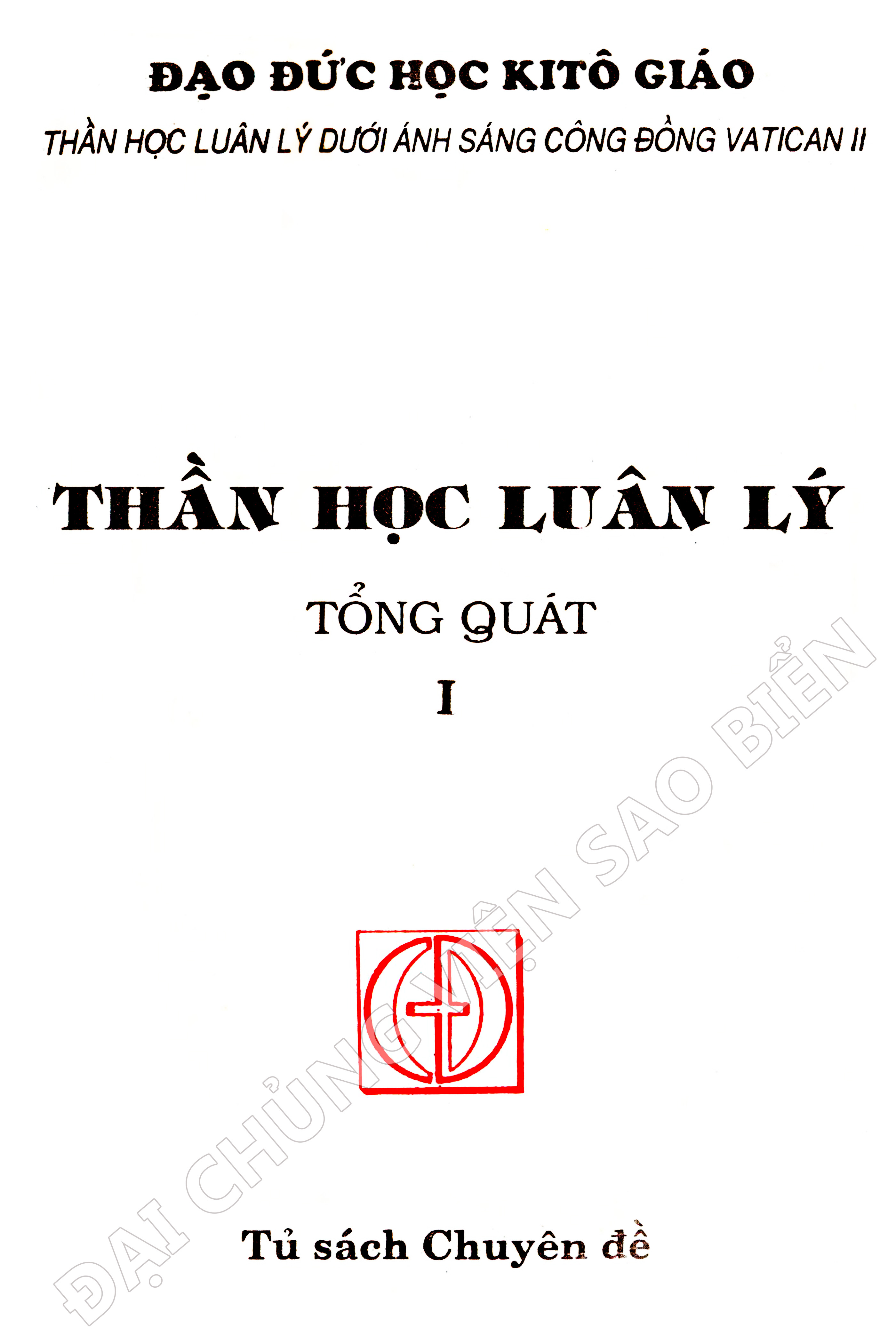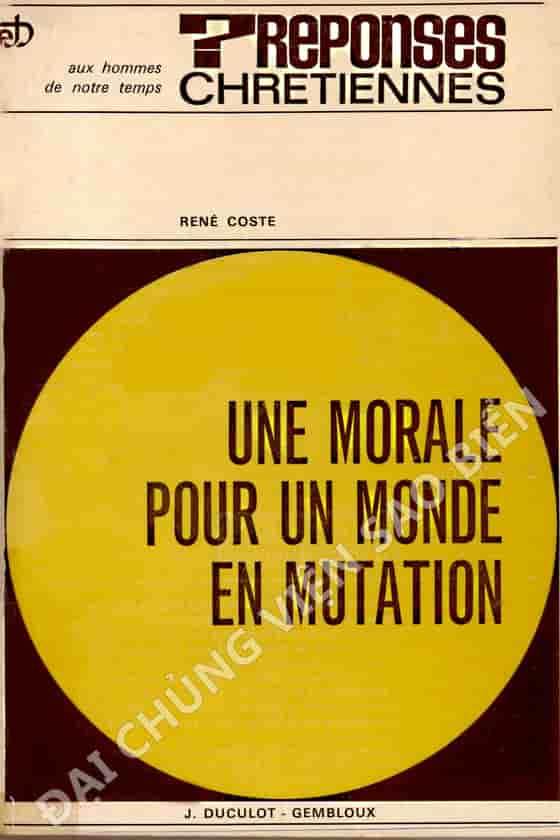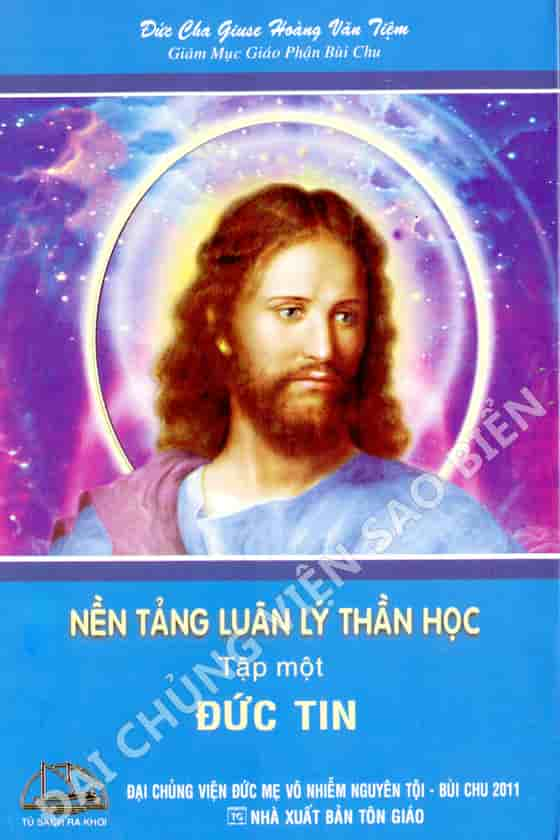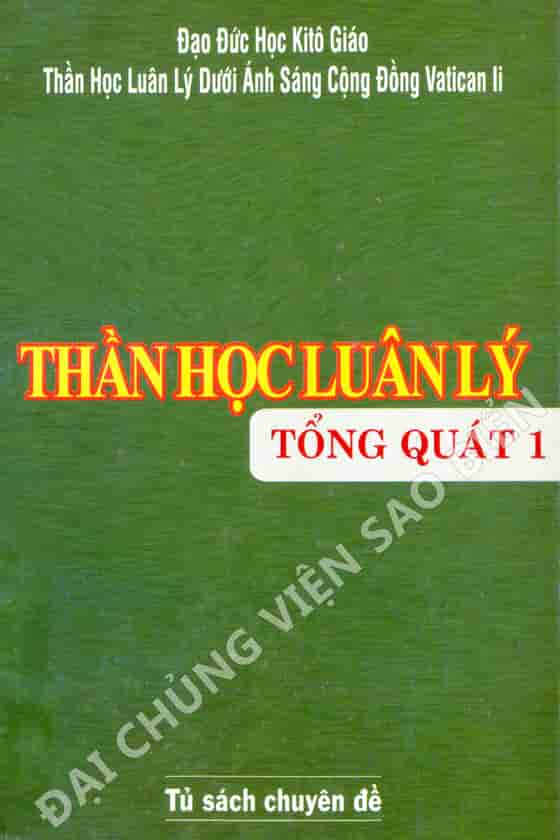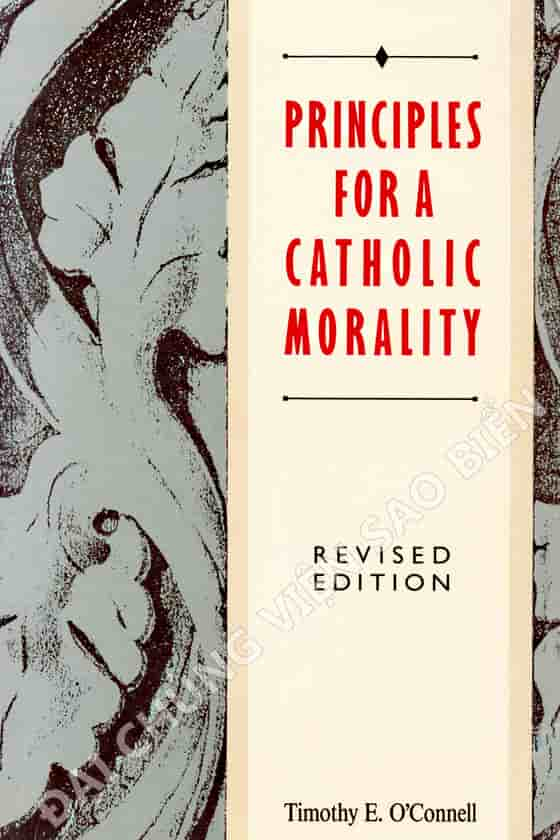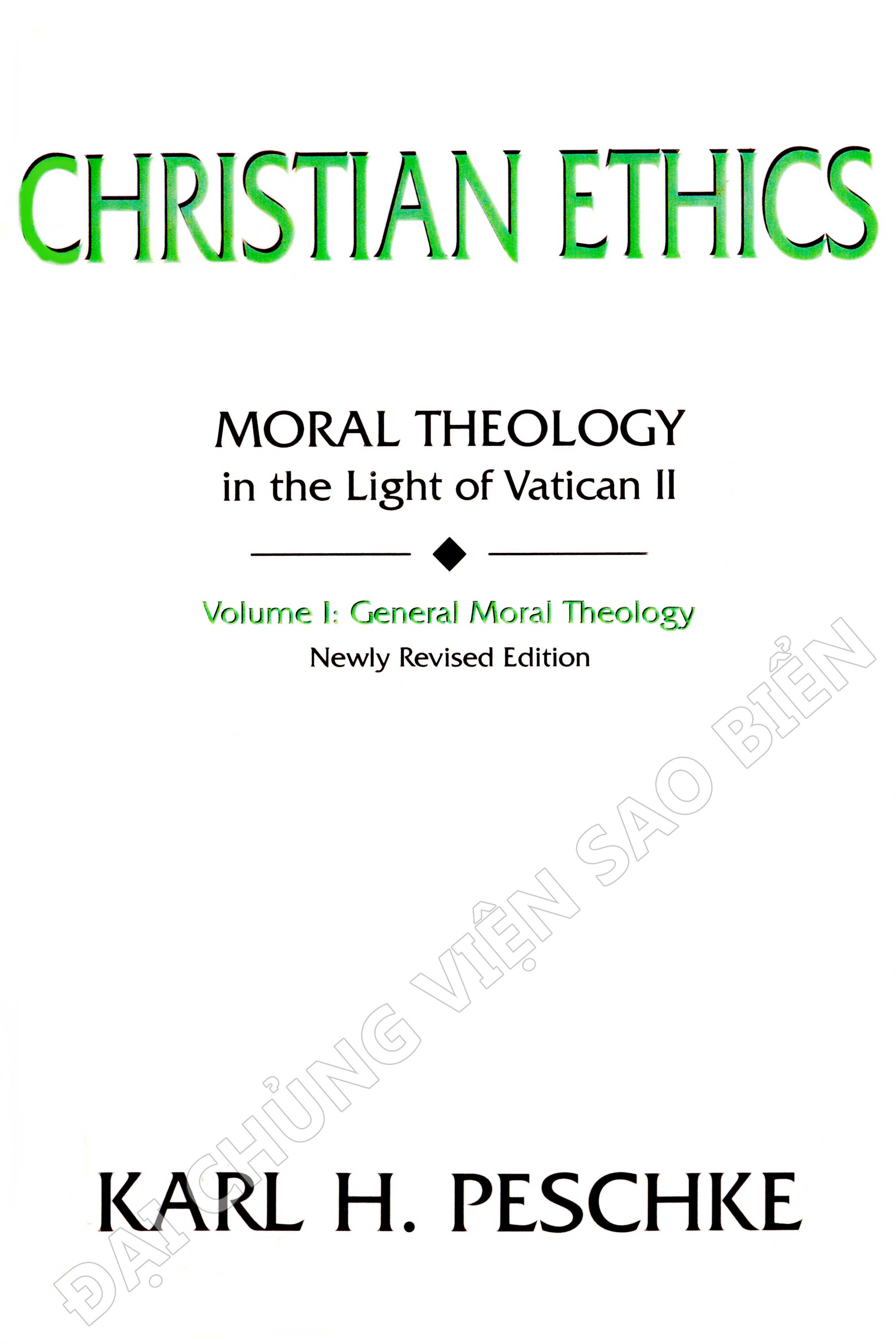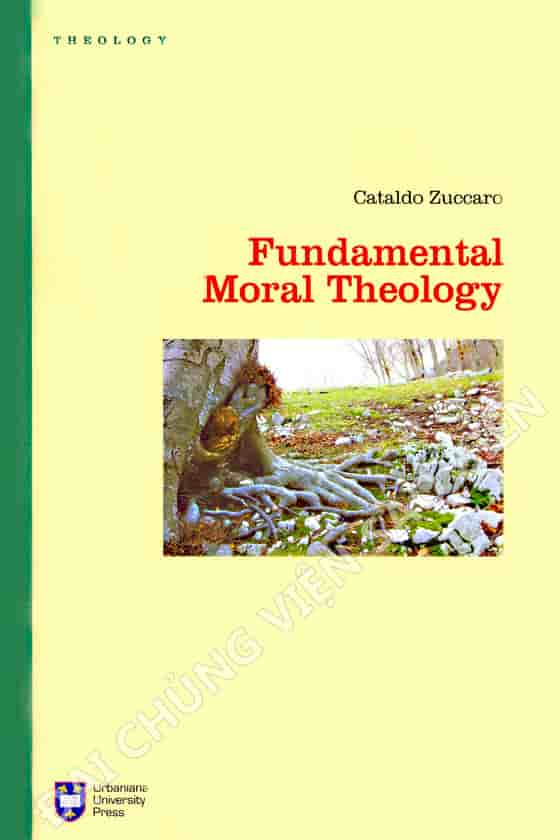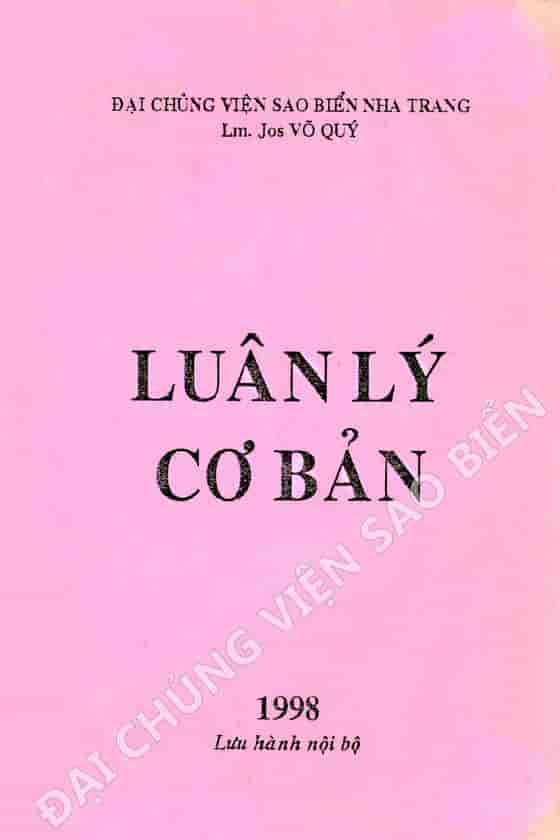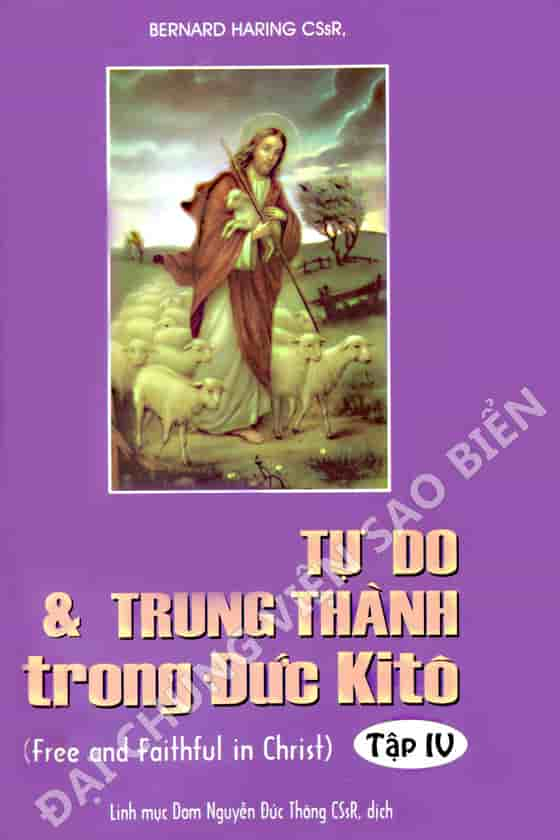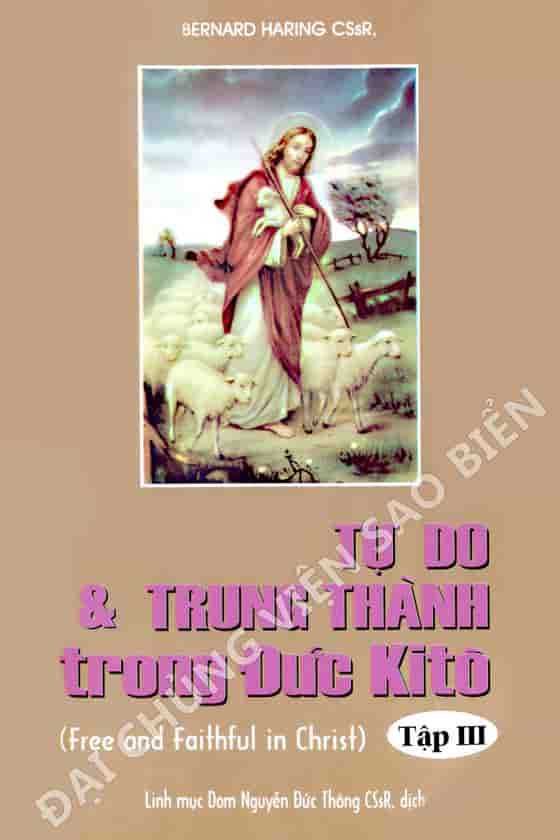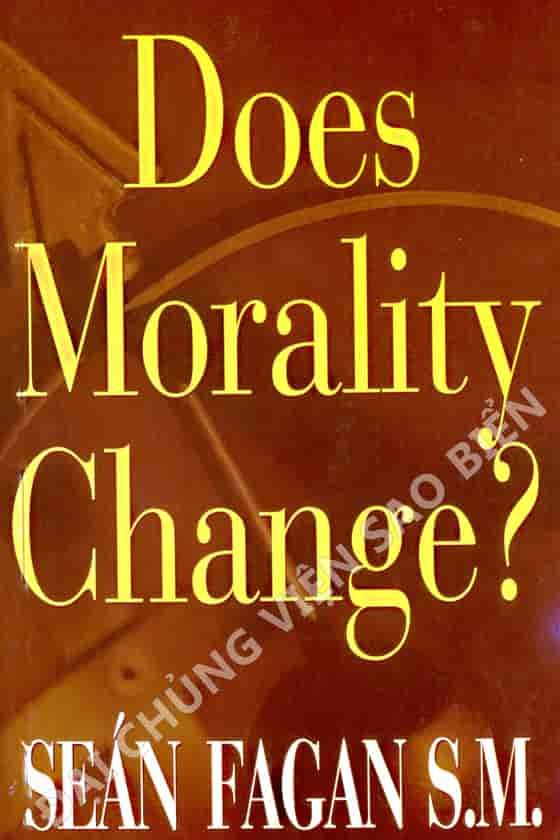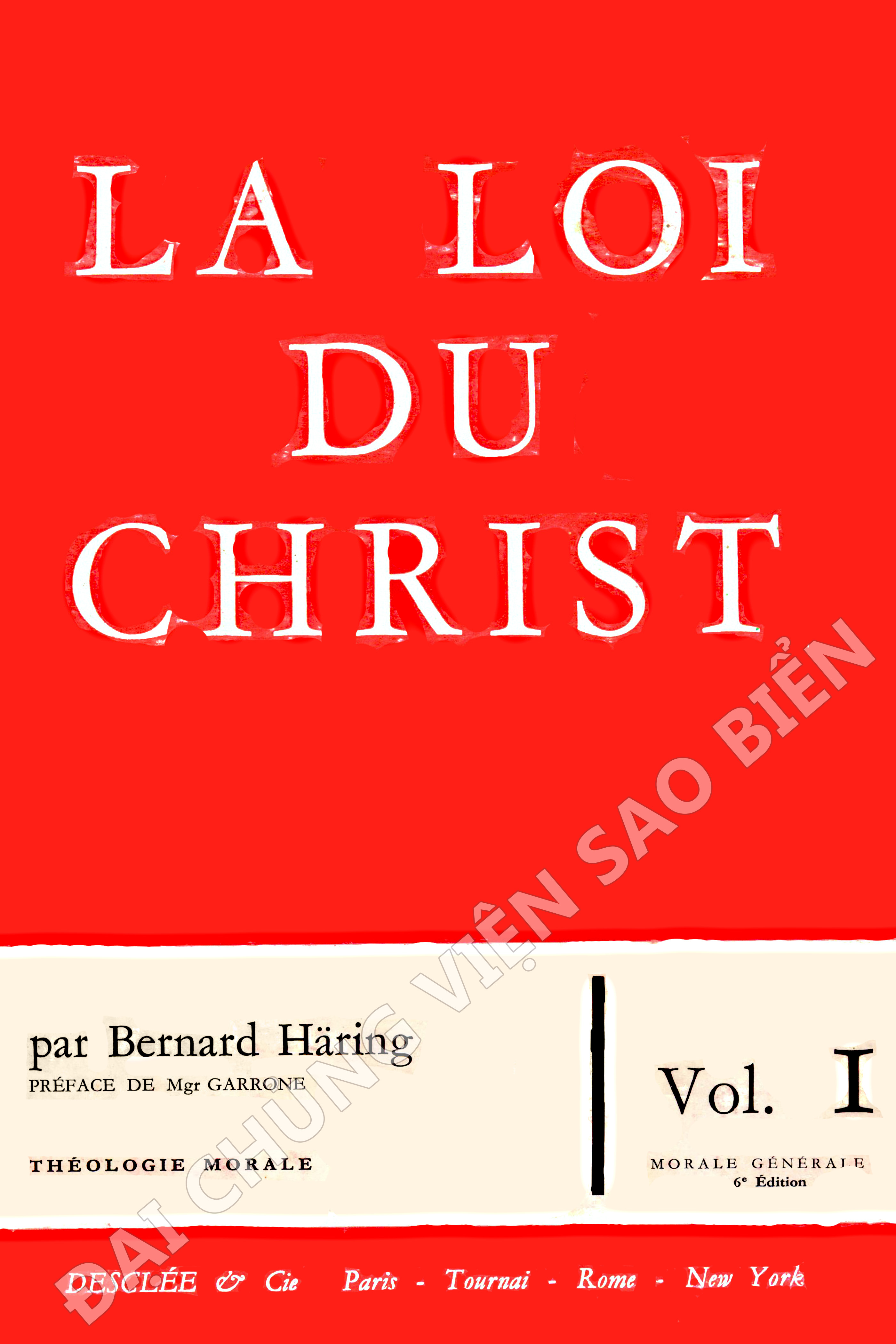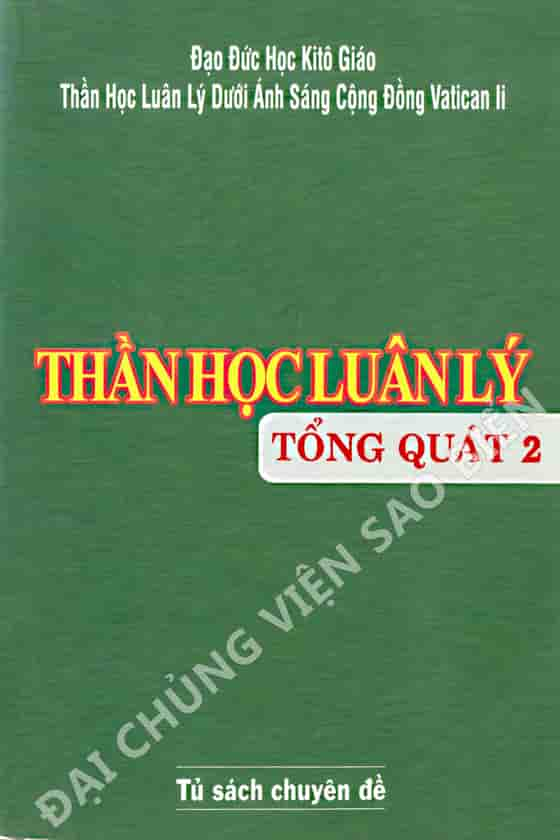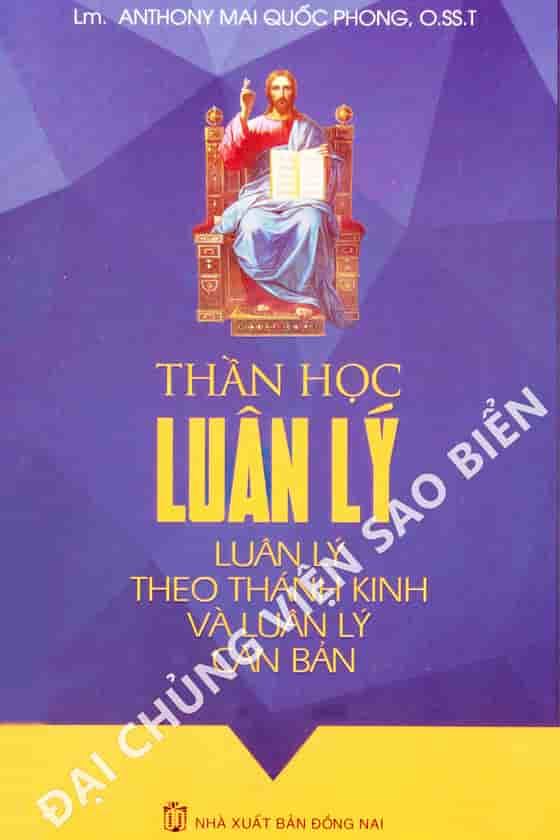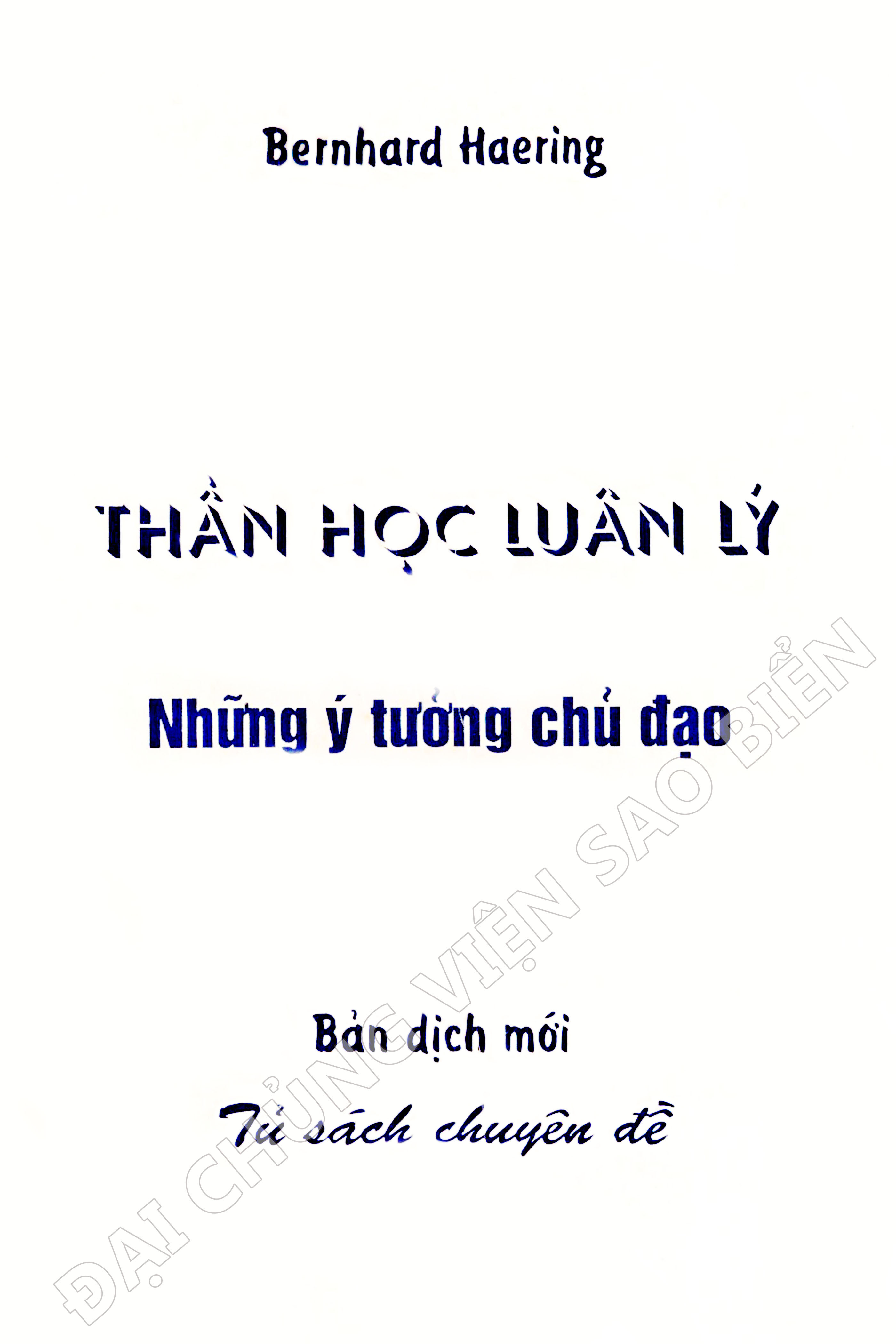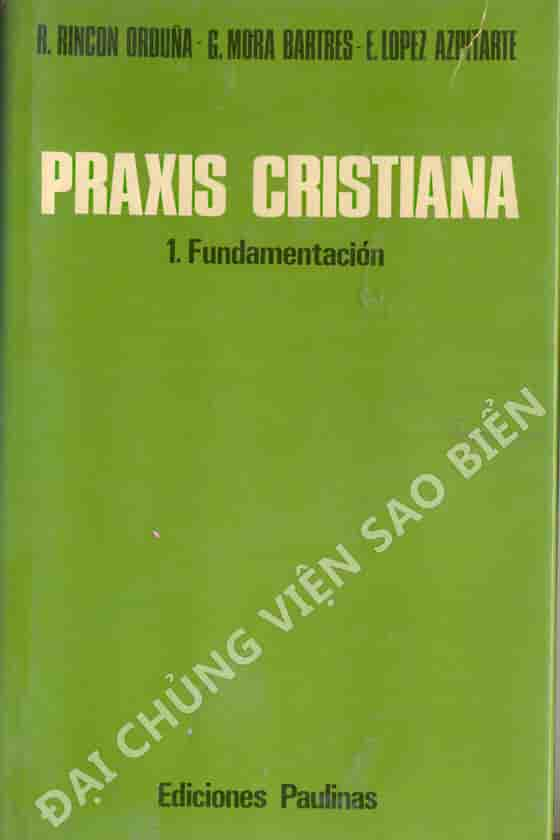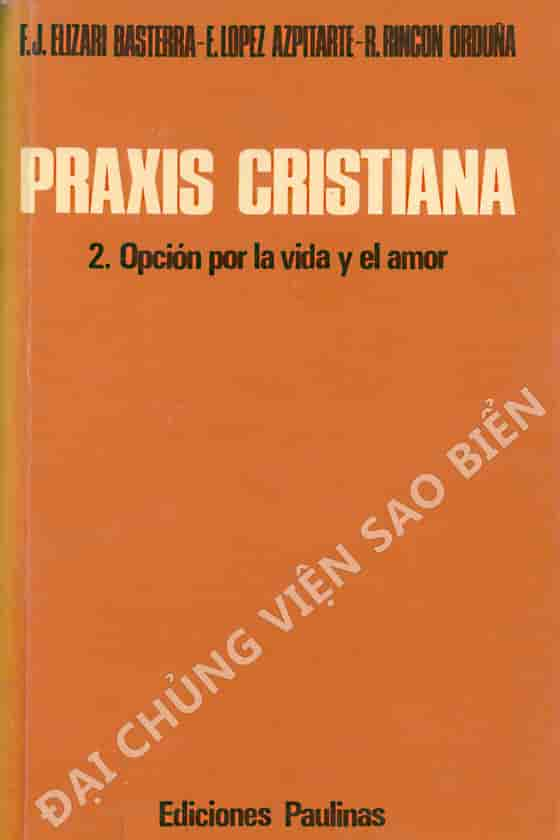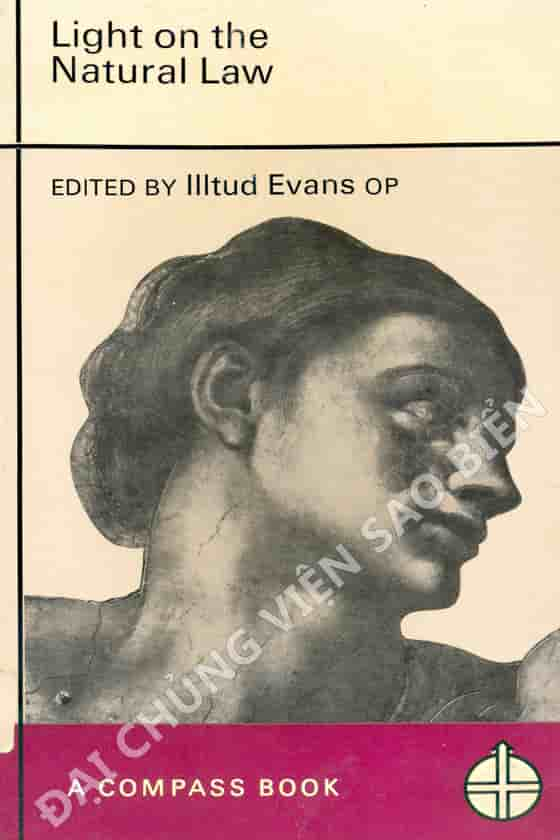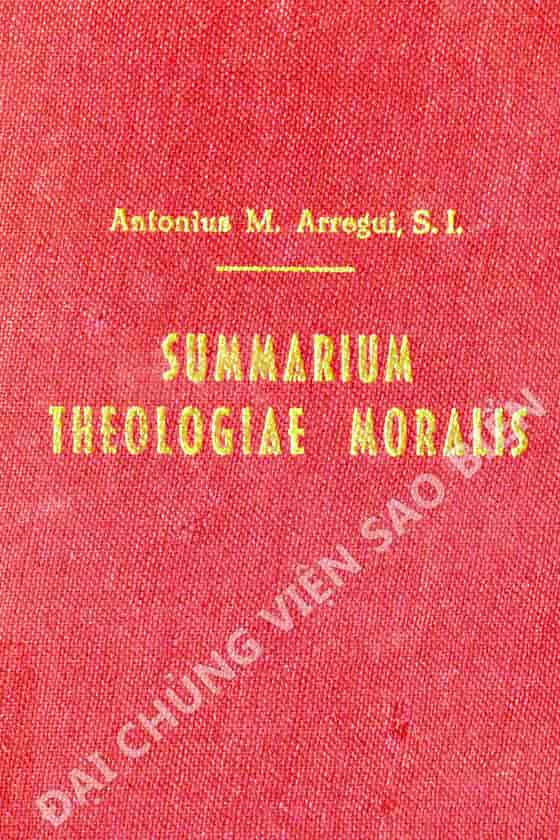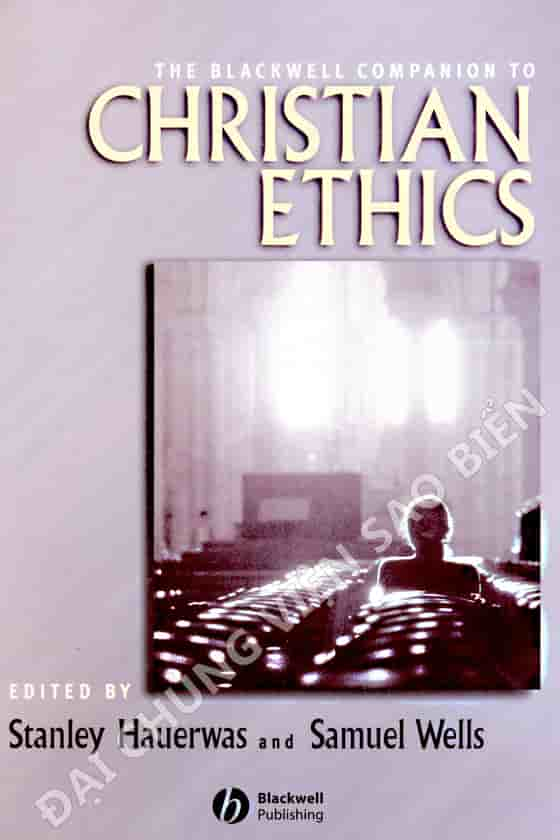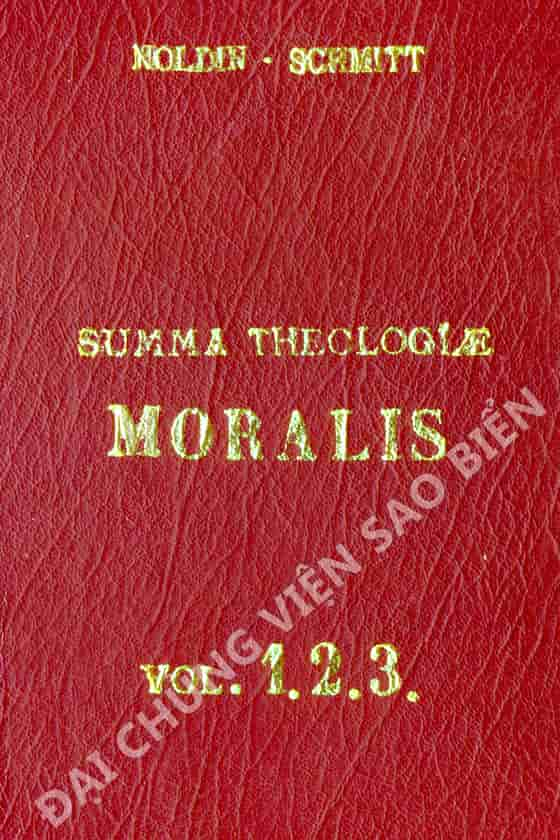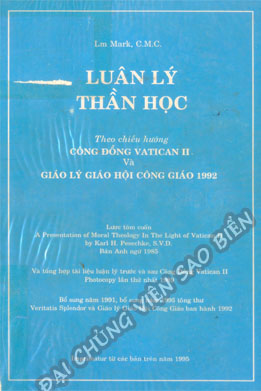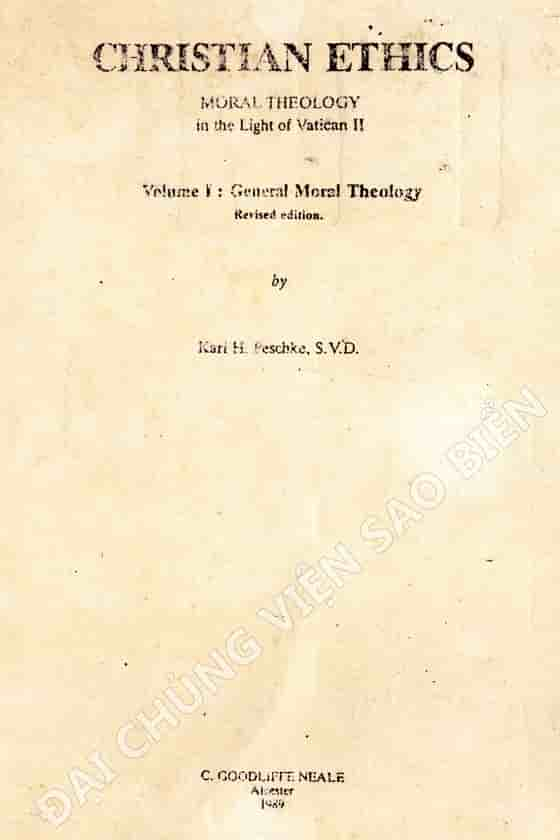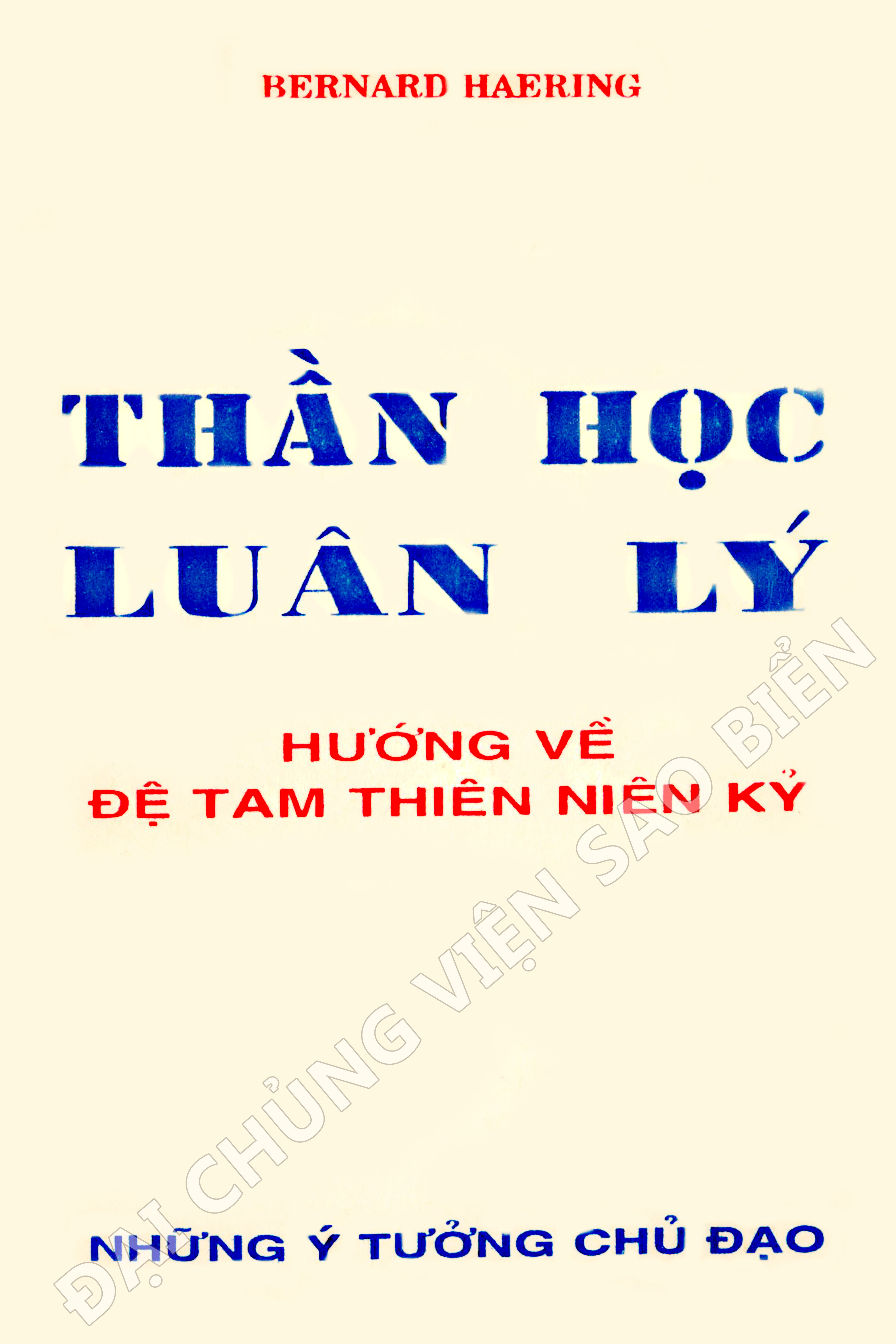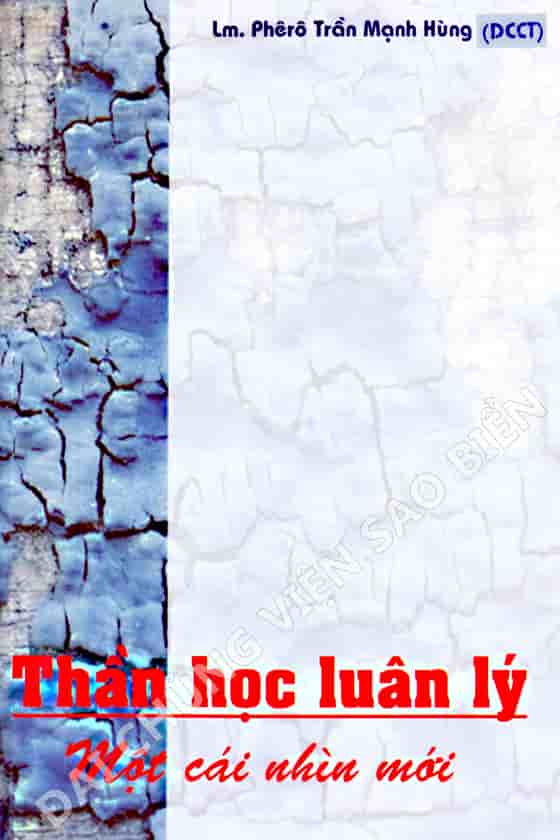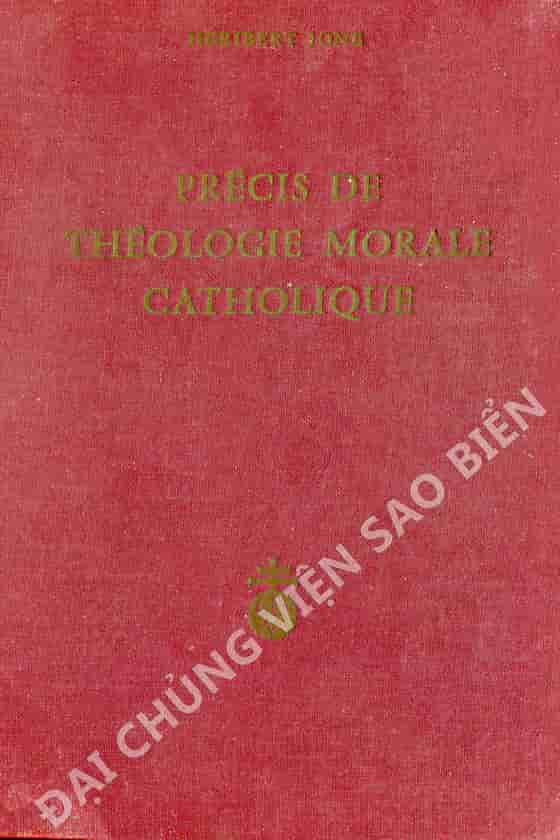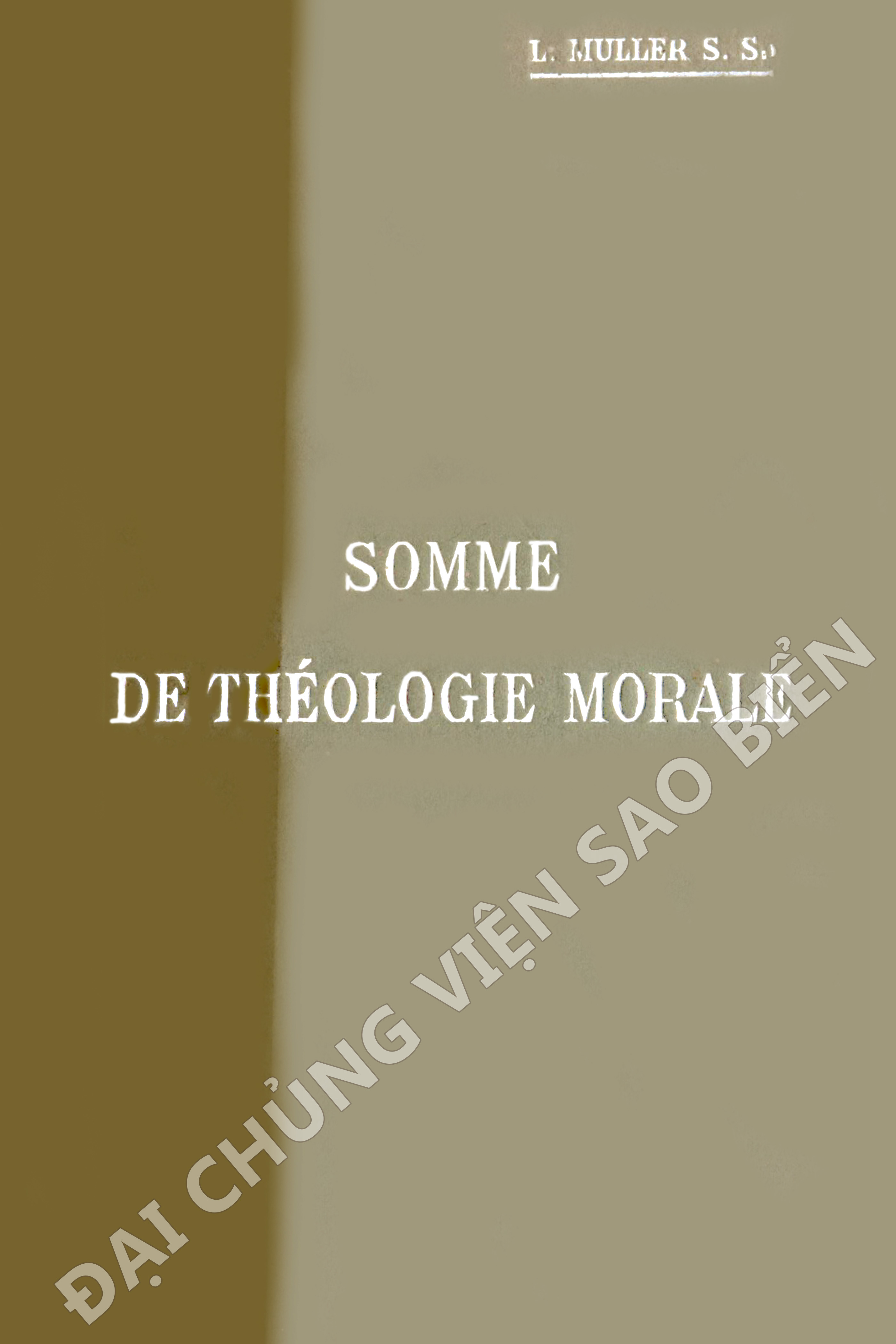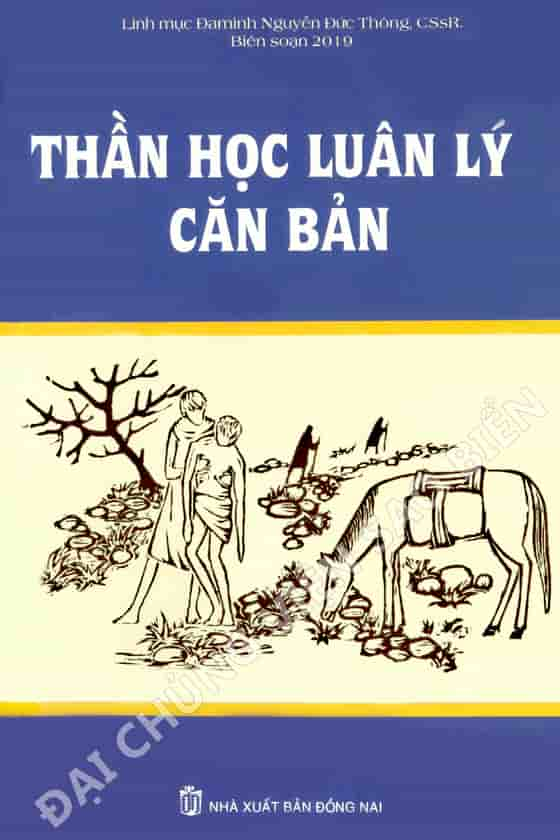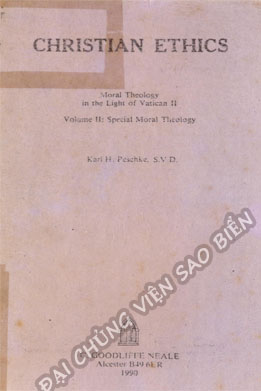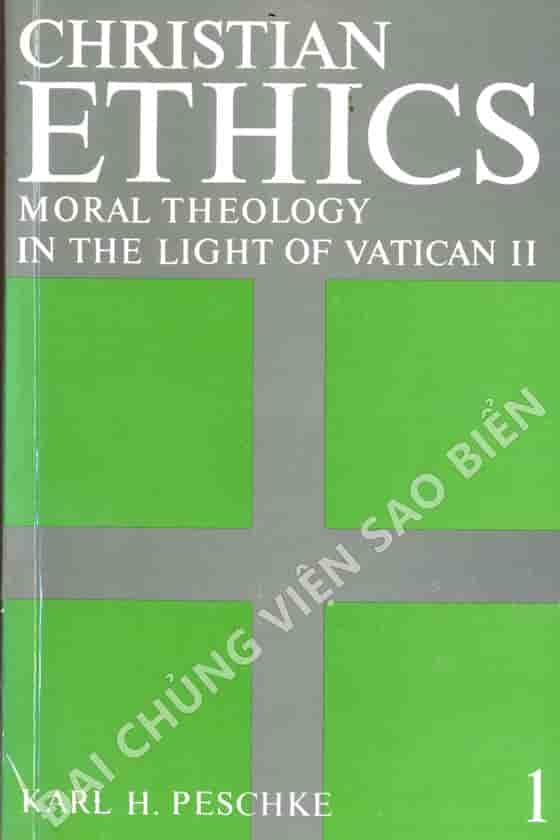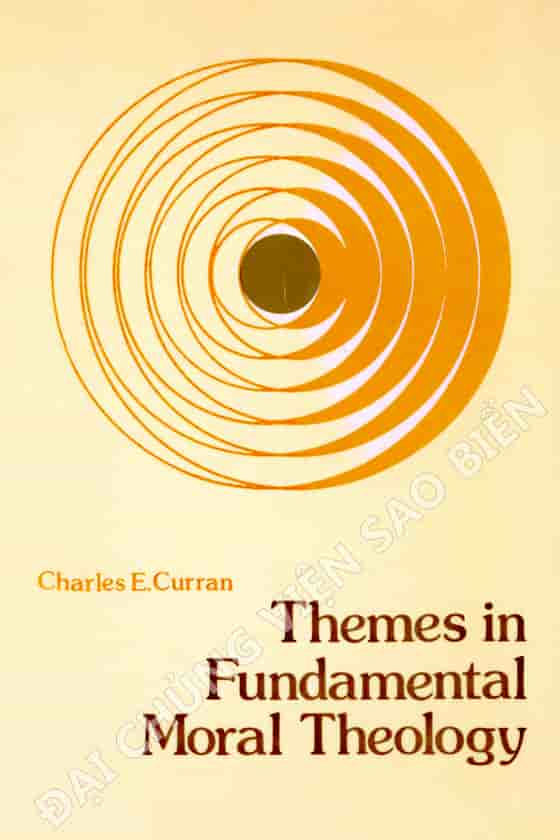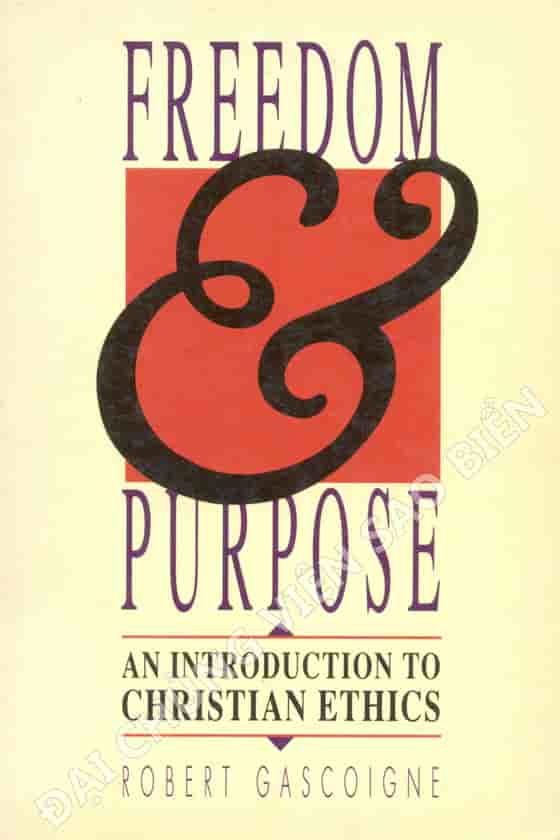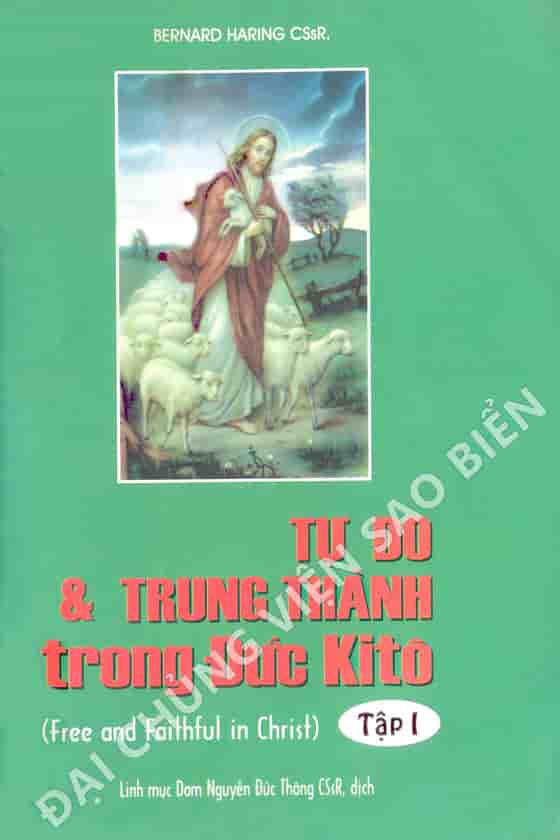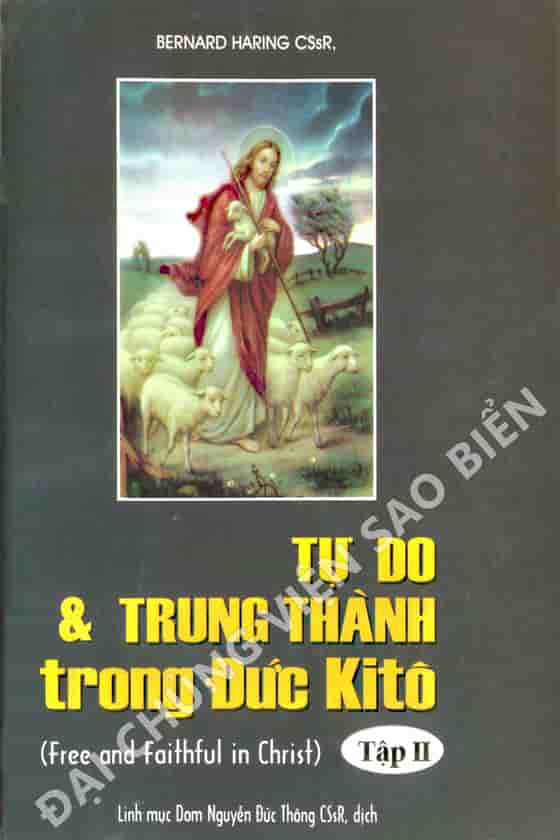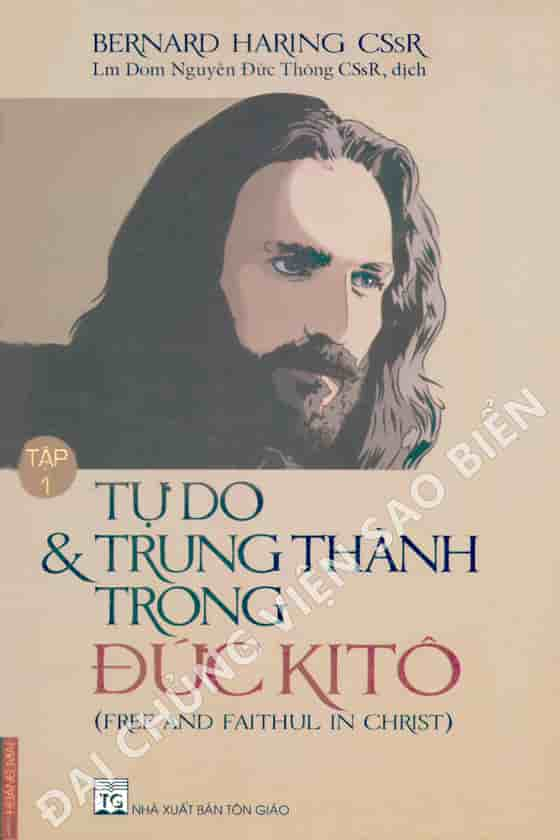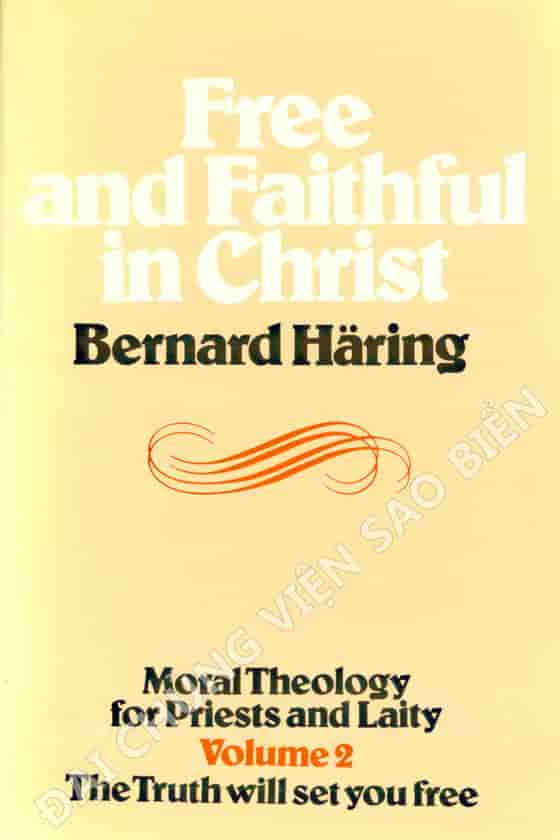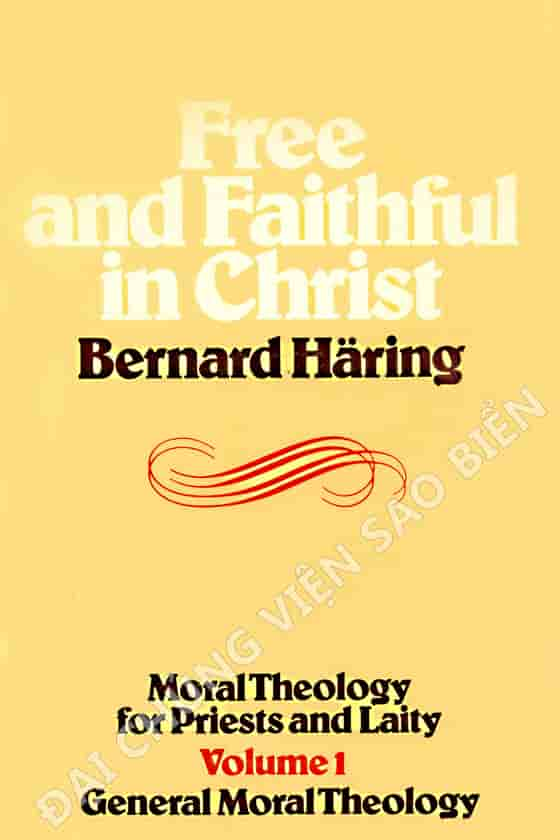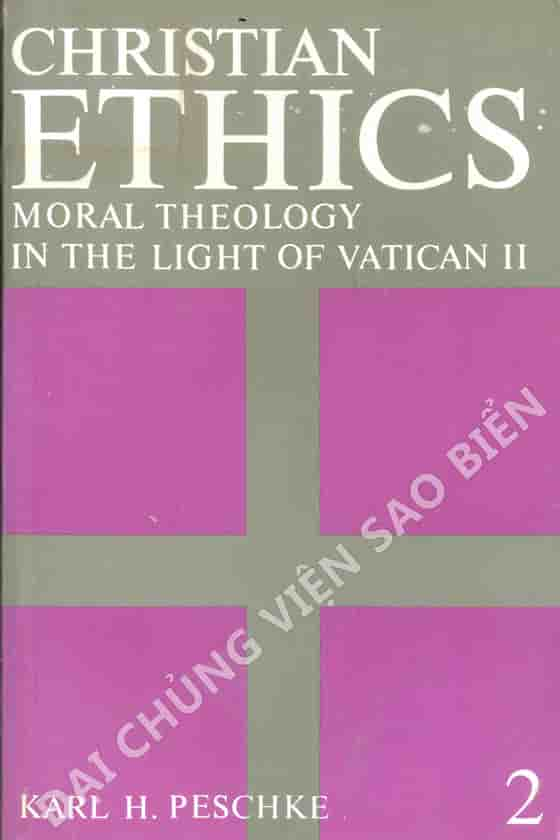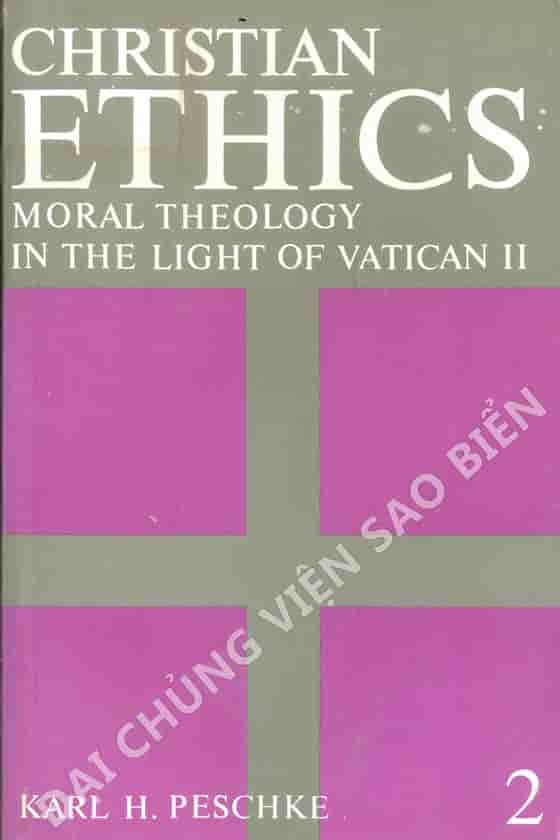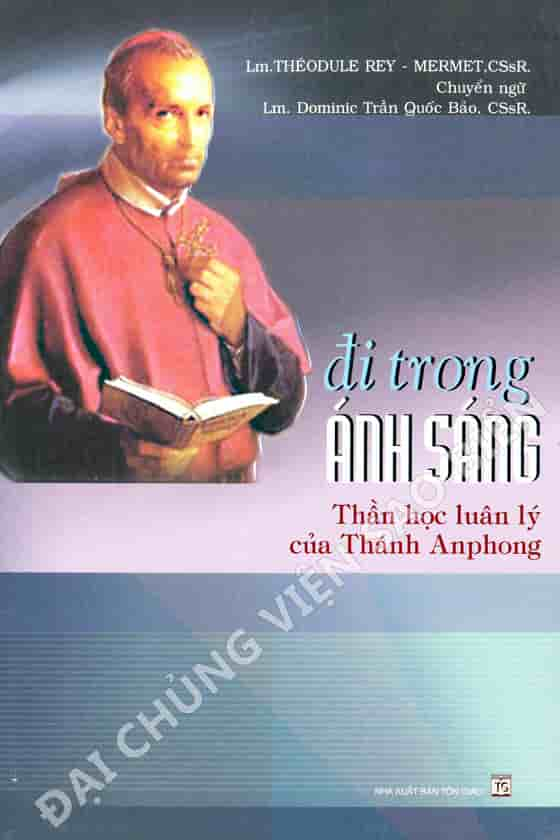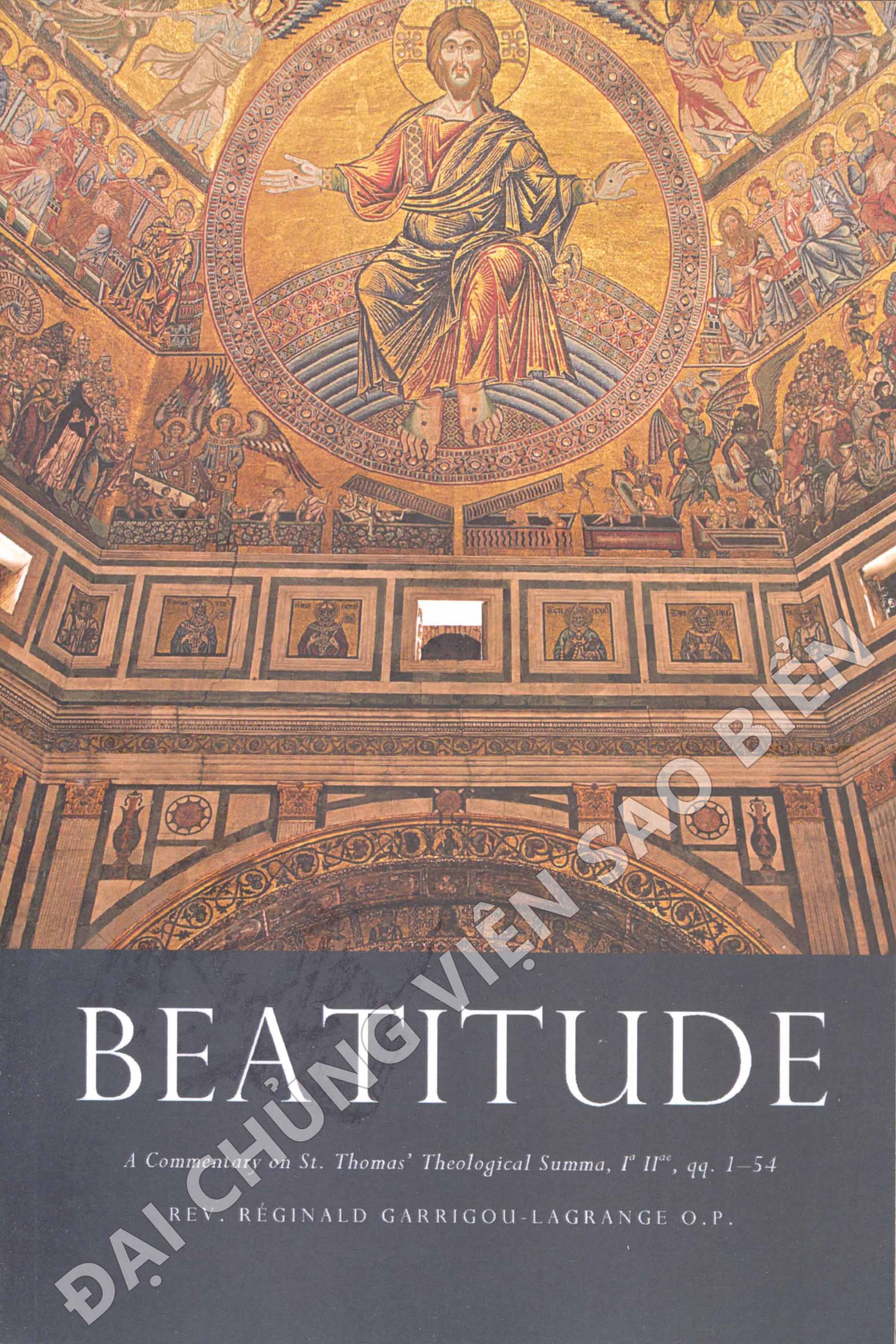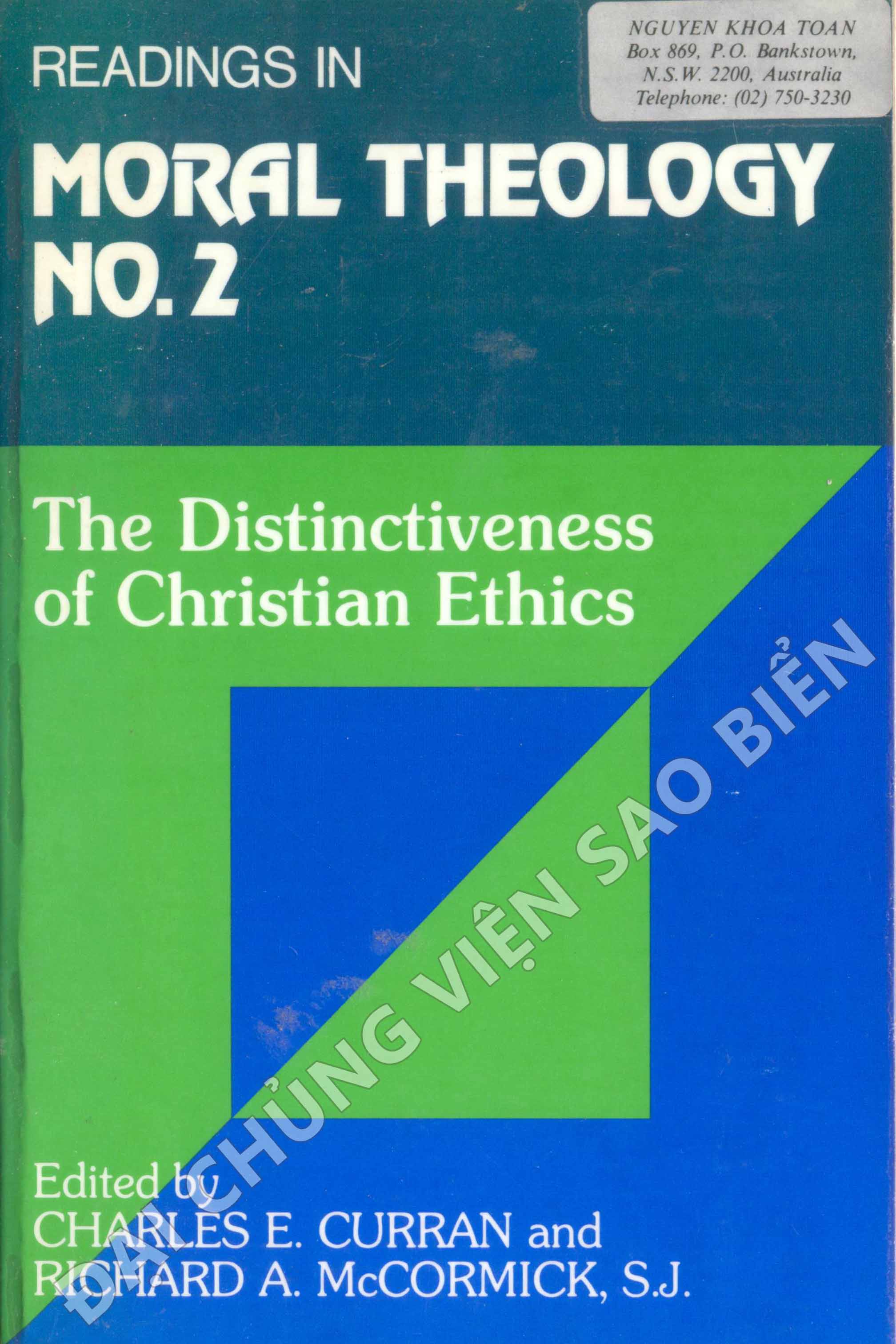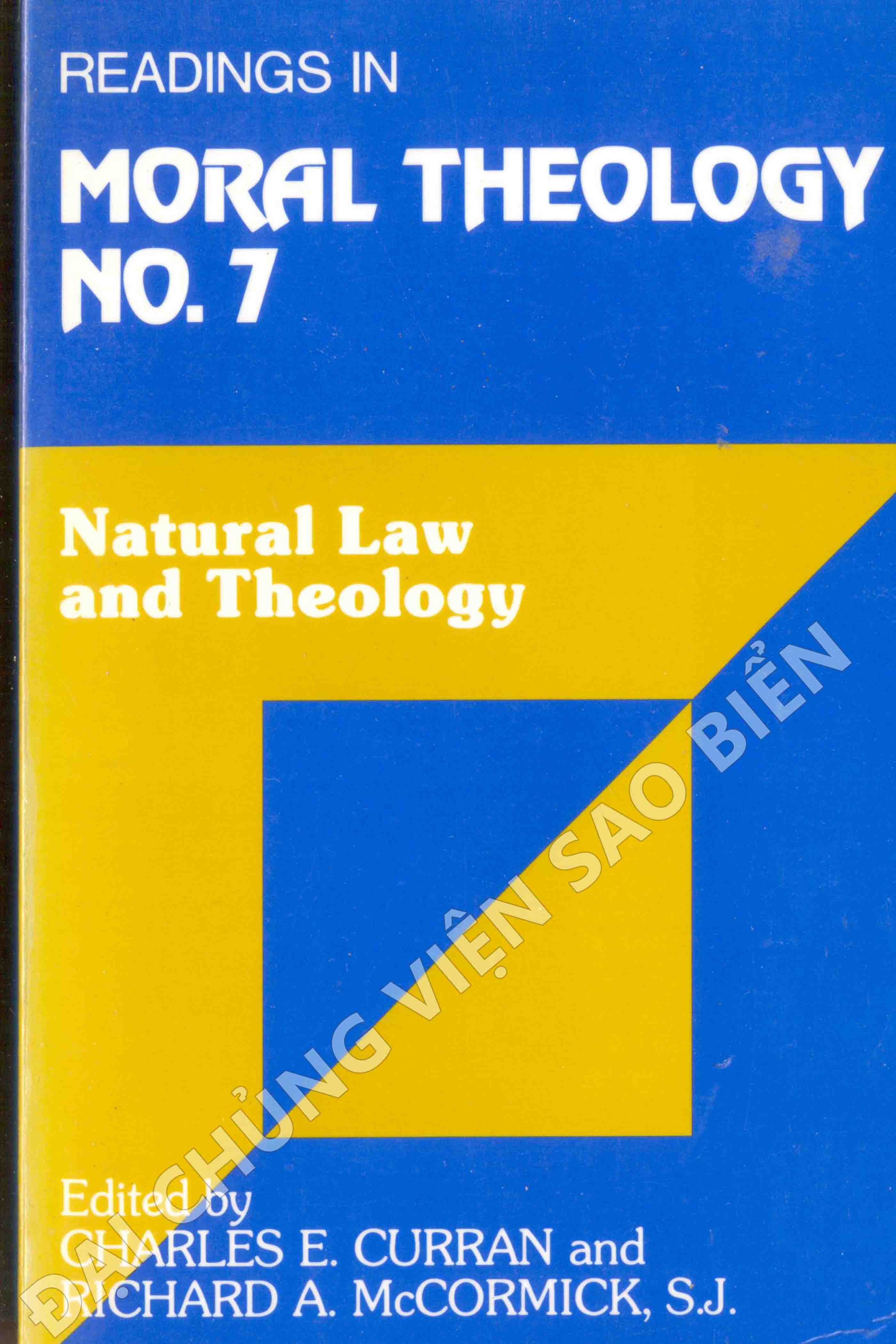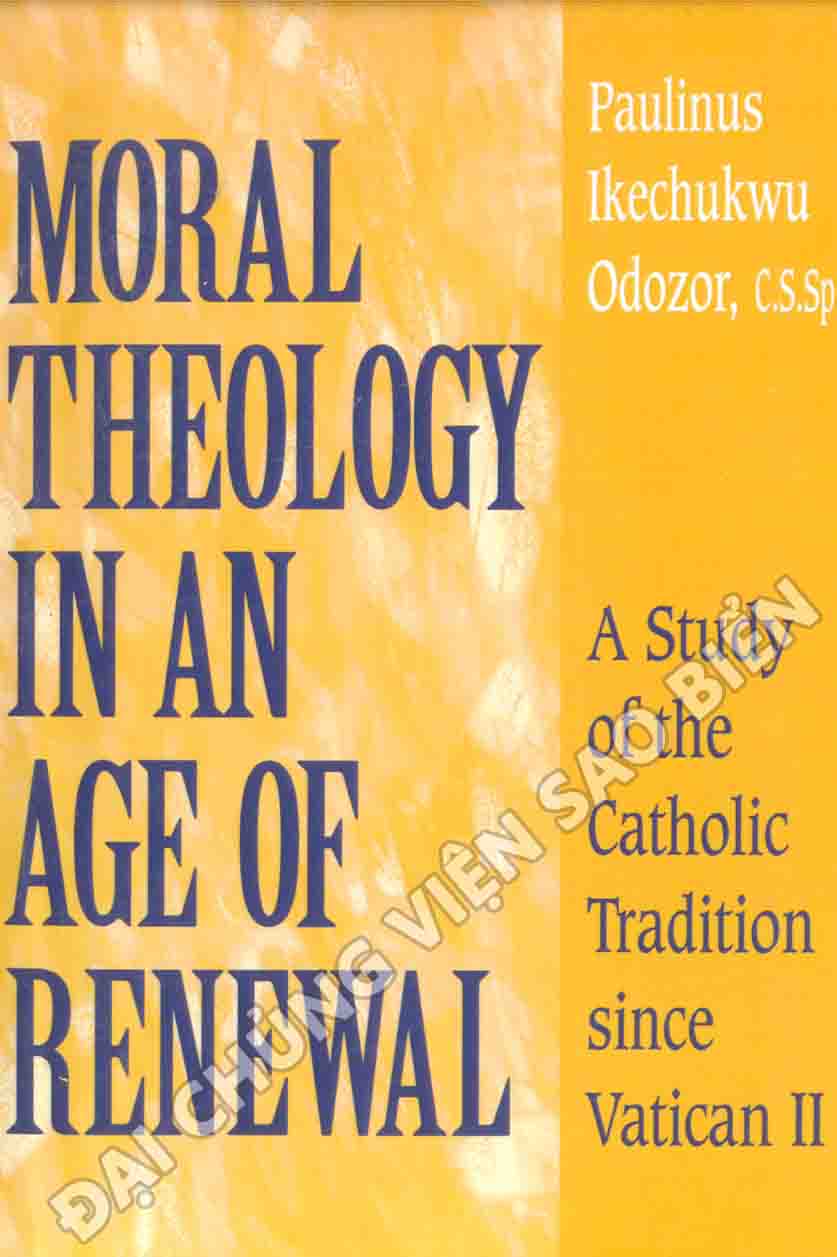| contents |
|
| introduction 1 |
1 |
| part one: Bioethics |
|
| chapter one responsibility for human life and its transmission |
|
| I. meaning and value of human life |
4 |
| II. The beginning off human liffe |
|
| 1. the origin of the genotype |
5 |
| 2. the moment of diversification |
7 |
| 3. the cerebral cortex nd hominization |
8 |
| 4. distincion between "human life" and "humnized life" |
9 |
| III. The transmission of life |
10 |
| 1. transmission of healthy life |
12 |
| 2. responsibility for healthy life of the fetus and child |
14 |
| 3. Popuation problems |
14 |
| 4. sterlization |
17 |
| 5. artificial intervention in human reproduction |
23 |
| IV. Abortion |
27 |
| 1. A moral and social-legal question |
27 |
| 2. spontaneous and not so sopontaeous abortion |
29 |
| 3. selective abortion |
30 |
| 4. abortion as birth control |
32 |
| 5. life-saving interruption of pregnancy |
32 |
| 6. therapeutic abortion in the broder sense |
33 |
| v. sins against human life |
34 |
| 1. letting die |
34 |
| 2. causing death by neligence |
35 |
| 3. suicide |
35 |
| 4. murder and participation in mass murder |
36 |
| 5. the death penalty |
38 |
| chapter two on health and healing |
42 |
| I. meaning and value of human health and healing |
42 |
| 1. christ the " saviour and the healer" |
44 |
| 2. faith healing, praer and healing |
45 |
| 3. sense and nonsense of sickness and suffering |
47 |
| 4. what is human health? |
48 |
| 5. personal and social responsibility for heath |
49 |
| II. The healing profession |
50 |
| 1. the ethos of the phsicion |
51 |
| 2. Denial of death in medical practice |
52 |
| 3. Suicide and euthanasia |
| 4. Duty to prevent suicide |
53 |
| 5. Against legalization of euthanasia |
|
| III. THE MOMENT OF DEATH AND THE PROCESS OF |
|
| DYING |
|
| 1. Cortical death versus cardiac arrest |
|
| 2. Artificial reanimation |
90 |
| 3. The irreversible coma |
90 |
| 4. Organ transplant |
91 |
| 5. Legal regulation of transplant from a cadaver |
93 |
| IV. THE HEALING PROFESSION AND THE MORIBUND PATIENT |
94 |
| 1. Favouring consciousness, freedom and |
|
| communication |
|
| 2. The moribund's patient's right to truth |
95 |
| 3. Cooperation |
97 |
| 4. After death |
97 |
| V. ADDING LIFE TO THEIR DAYS OR PROLONGING THE |
|
| DEATH PROCESS? |
98 |
| II. THE RELATIONSHIP BETWEEN THE CHURCH AND THE WORLD |
128 |
| 1. Abiding mission and changeable structures |
129 |
| 2. From the beginnings to the Constantinian era |
131 |
| 3. Martin Luther's "two reigns and regiments" |
133 |
| 4. Powerless and prophetic presence |
137 |
| III. THE WORLD AND THE SIGNS OF THE TIMES |
141 |
| 1. One world and one history |
142 |
| 2. Authentic secularity and a spurious secularism |
143 |
| 3. Adoration in Spirit and truth as the guarantor of authentic secularity |
147 |
| 4. Autonomous morality within the horizon of faith |
148 |
| IV. VOCATION AND SANCTITY IN THE WORLD |
151 |
| 1. On the history of a theology of vocation |
151 |
| 2. Luther's concept of vocation |
152 |
| 3. Sanctity in marriage and family |
153 |
| 4. The crisis of the priestly vocation |
| 5. Vocation, profession and the "job" |
| 6. The arduous professions-vocations |
156 |
| V. CONSERVING OR CHANGING THE WORLD? |
|
| 1. Orientation towards the future and its implications |
158 |
| 2. The ideology of progress and Christian sobriety |
159 |
| 4. Process theology and ecology |
177 |
| 5. A dynamic sacramental view |
178 |
| 6. Human ecology and our final hope |
179 |
| 7. For a sober and chastened anthropocentrism |
180 |
| 8. Ecology and a new understanding of property and ownership |
182 |
| 9. From a culture of wastefulness to a new asceticism |
183 |
| III. ECOLOGICAL CONSCIENCE AND ITS OBSTACLES |
|
| 1. The ideology of constant growth and expansion |
|
| 2. Established habits and patterns |
| 3. Vested interests |
187 |
| 4. Nationalism and hegemonism |
|
| 5. The megalopolis |
| 6. Science and technocracy |
190 |
| 7. What kind of radicalism? |
192 |
| IV. ECOLOGICAL STRATEGY |
192 |
| 1. Ecological education |
192 |
| 2. Personal and shared initiatives |
193 |
| 3. Ecological politics |
193 |
| 4. Reconciliation between man and technology |
196 |
| 5. Global development |
198 |
| 6. Nuclear energy and alternatives |
200 |
| 7 Limite of population growth |
201 |
| 201 |
| 4. A prophetic ministry |
258 |
| IV. HISTORICITY AND CONFLICT |
260 |
| 1. Confronting "historical materialism" |
261 |
| 2. Dialectic materialism and the role of conflict |
264 |
| 3. Christians and socialism |
267 |
| V. ECONOMY A COMMON ETHICAL TASK |
270 |
| 1. The great heresy |
270 |
| 2. God's saving justice and people's solidly united response |
272 |
| 3. Economy at the service of human needs |
276 |
| 4. Responsibility and subsidiarity |
277 |
| 5. Creative liberty |
279 |
| 6. Solidarity and fidelity |
280 |
| 7. Unethical conduct in business |
281 |
| VI. BEYOND CAPITALISM |
286 |
| 1. The free social market system |
287 |
| 2. Politics and economy |
288 |
| 3. Ownership and labour |
|
| 4. The key role of work |
290 |
| 5. The function of capital and interest |
302 |
| 6. The role of management |
304 |
| 7. His majesty, the customer and just prices |
306 |
| chapter eight the ethics of politics |
327 |
| 1. the political dimension of social life: all-ptrvansive but not exclusive |
327 |
| 2. political thelogy |
332 |
| 3. christian politics or politics of christians |
335 |
| 4 church community and politics |
338 |
| 5. the horizon of politics interaction and responsibility |
338 |
| 6. the possibility and necessity of a political ethics |
347 |
| II. Politics in the light of the history of creation, sin, redemption |
351 |
| 1 redemption-liberationn and forgiveness in the midst of conflict |
352 |
| 2. the role of the state in a fallen-redeemed world |
353 |
| 3. taxes |
357 |
| 4. power, redeemed or unredeemed |
359 |
| 5. criminal law, enforcement and rehabilition |
364 |
| IV. Towards a world community |
381 |
| 1. NEW DMENSIONS OF NATURAL LAW AND THE "LAW OOF NATIONS" |
382 |
| 2. SOVEREIGN STATES AND SUPER-POWERS |
383 |
| 3. THE THREAT OF A SUEPER-STATE |
384 |
| 4. THE FEDRAL PRINCIPLE OF A WORLD AUTHORITY |
385 |
| III. LIBERATION FROM THE SLAVERY OF WAR |
406 |
| 1. The time has come |
406 |
| 2. Conscientious objection and prophetic protest |
407 |
| 3. Spirituality and relevance of non-violent action |
| 4. Disarmament |
| IV. PEACE RESEARCH AND PEACE POLICY |
414 |
| 1. Meaning and purpose of peace research |
415 |
| 2. From peace research to peace policy |
416 |
| 3. New structures for peace |
417 |
| V. PEACE EDUCATION |
418 |
| 1. Spirit and purpose of peace education |
418 |
| 2. Learning the art of peace in the midst of conflict |
420 |
| V. THE CHURCH, SACRAMENT OF PEACE |
421 |





